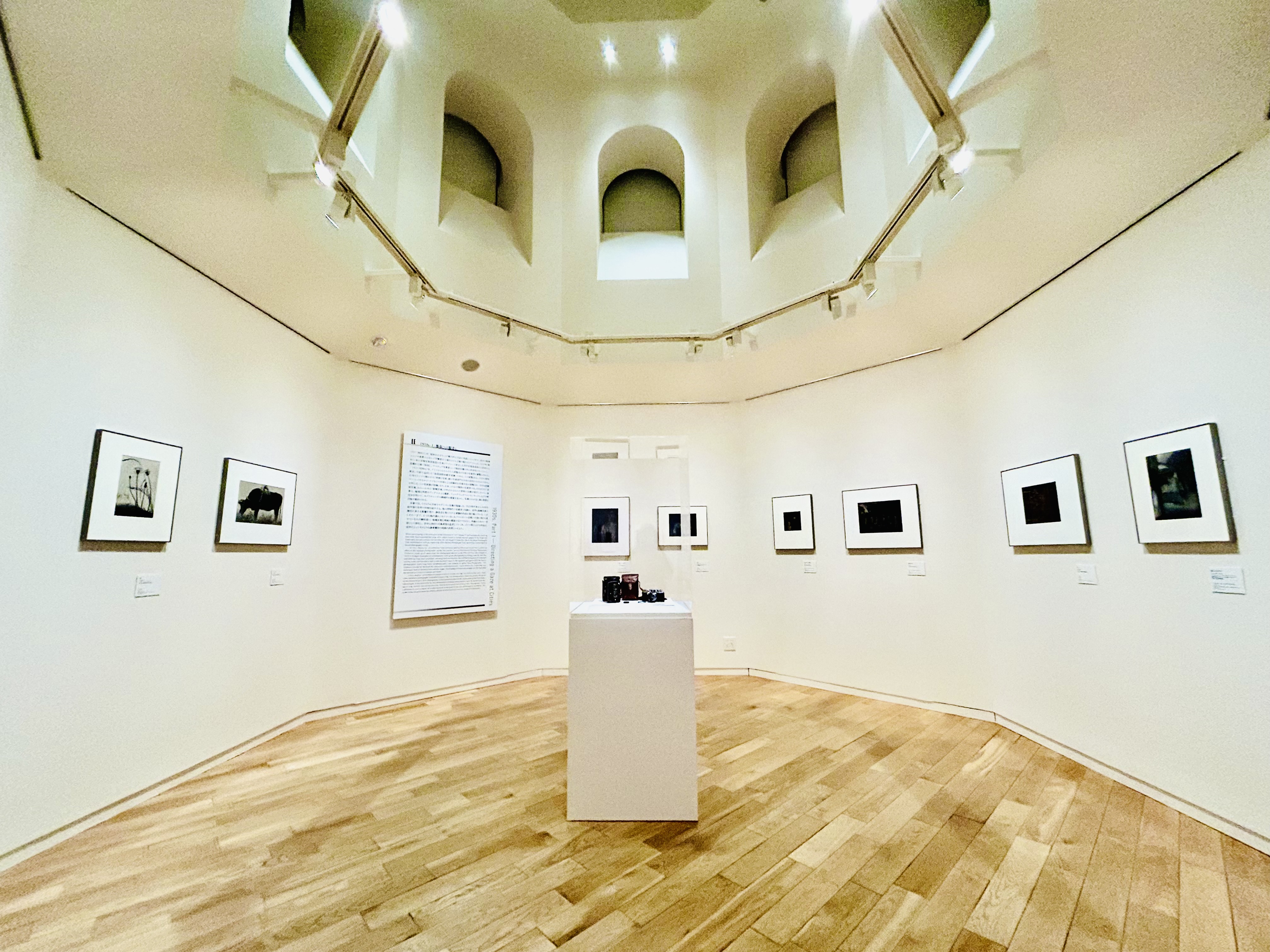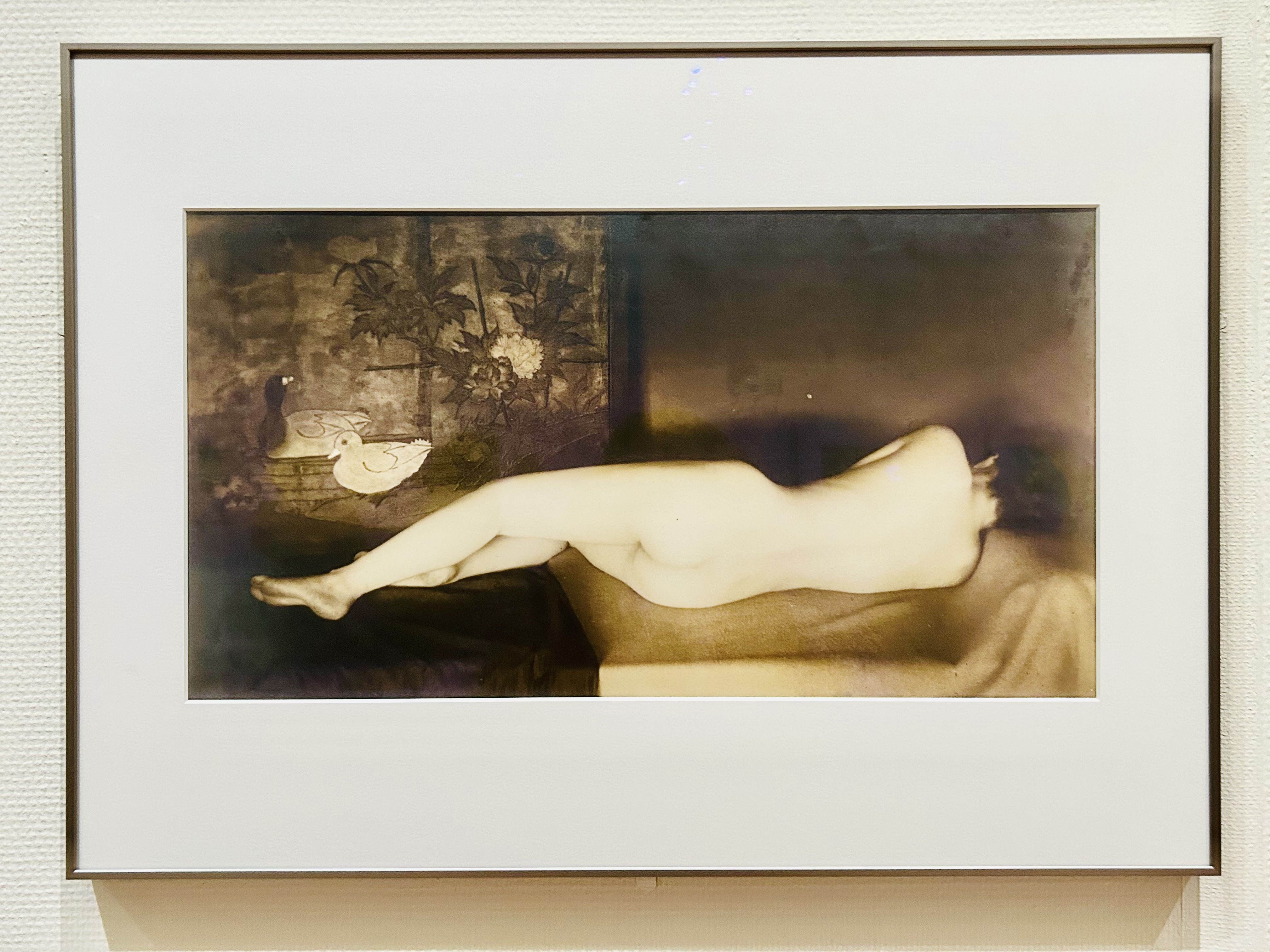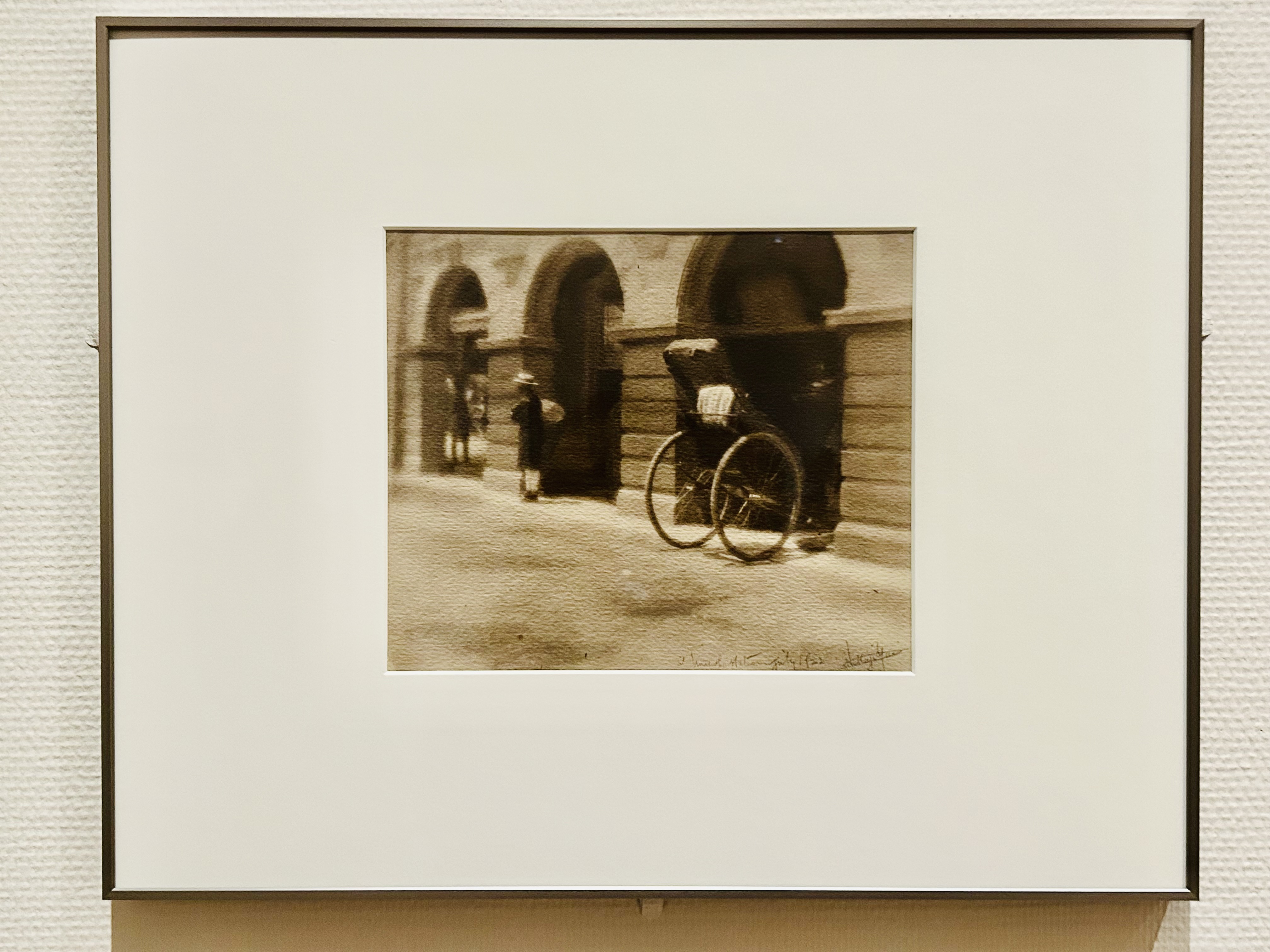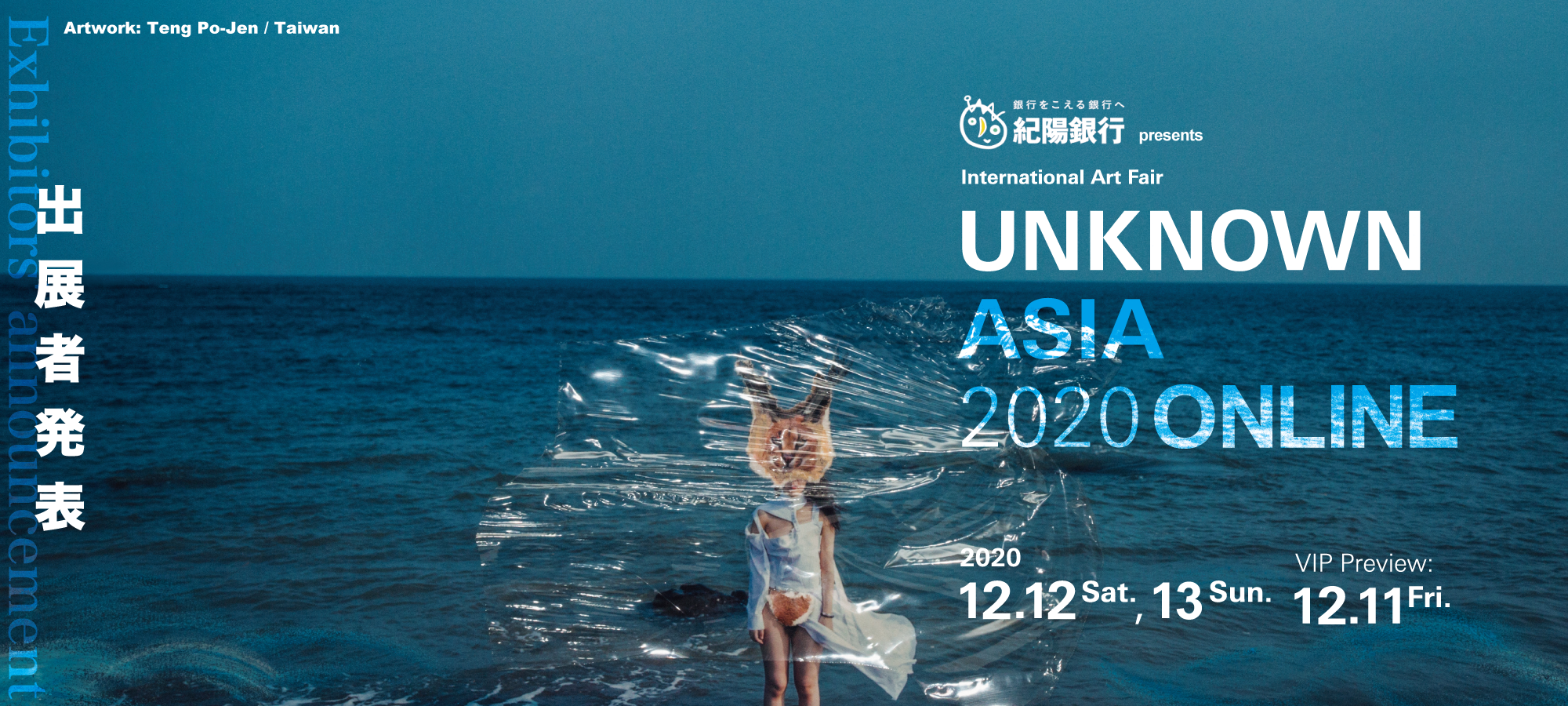YASUI NAKAJI 1903-1942: PHOTOGRAPHS
HAPPENINGText: Alma Reyes
The Taisho (1912-1926) and early Showa (1926-1989) eras were glorious years of modern photography in Japan. The oldest avant-garde amateur photography club in the country, Naniwa Photography Club was established in 1904 in Osaka. The group was led by exceptional photographers: Shozaburo Kuwata, Koro Kometani, Hakuyo Fukumori, Nakaji Yasui, among many others. They instigated the cultural and aesthetic roots of the photography scene in the Kansai region.
Ongoing until April 14 at the Tokyo Station Gallery, “Yasui Nakaji 1903-1942: Photographs” focuses on the life and achievements of Yasui who is fondly remembered for his in-depth capture of delicate and aggressive emotions shaping pre-war Japan, as well as his superb techniques in bromoil printing.
Presented chronologically are around 206 works, including about 143 vintage prints and sixty new prints from original negatives and contact prints. The exhibition celebrates Yasui’s 120th birth anniversary and is the first major retrospective of the photographer in twenty years.

Gallery view, Photo: Alma Reyes
The showcase begins with Yasui’s early life in the 1920s. Born in 1903 in Osaka, Yasui became attracted to the camera since his student days. Merely eighteen years old, he joined Naniwa Photography Club and quickly grasped the challenge to adopt various unique shooting and printing techniques using a wide range of subjects.

Nakaji Yasui, (Reclining Woman), c.1930, Collection of Yasui Tomiko, Photo: Alma Reyes
He worked with the pigment printing method, which involved applying pigments on photographs. This process produced a hazy or steamy effect, making the pictures appear almost like paintings. The same outcome was achieved with the bromoil technique of printing on gelatin chlorobromide paper, which is dried, wetted again, and bleached. His progressive approach was highly acclaimed by prominent photographers like Ken Domon and Daido Moriyama.

Nakaji Yasui, Afternoon at the Station, 1922, Private collection. On deposit at Hyogo Prefectural Museum of Art, Photo: Alma Reyes
On display are (Reclining Woman) (c.1930) and Afternoon at the Station (1922), among other striking works that exemplify the bromoil method emitting blurry and sepia tone-like impressions. In the latter work taken at Osaka Station, Yasui plotted the perspective of the road and station building in a diagonal angle while the large wheels of the rickshaw and people standing by served as accents.
(Farmer Smoking) (1927-28/2004) employed the oil print method, finished by gelatin silver printing. The photo appeared in the poster for Ginnosuzusha Company’s first exhibition. One can feel the profound physical expression of the old man with an arched back and pronounced muscular lines.
Read more ...








